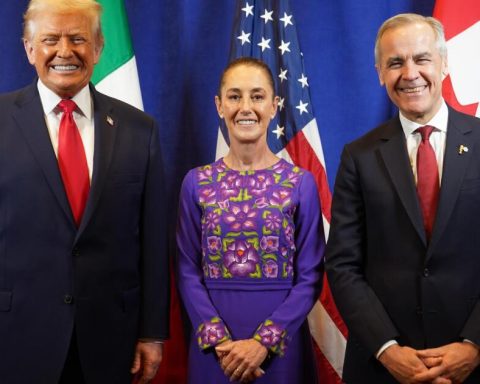The annual figures are far from the GDP growth in the second quarter of the year, which was 6.7%, and show the sharp deceleration suffered by the United States, as in much of the world, between July and September.
Economists polled by Reuters had forecast unrevised third-quarter GDP growth of 2.1%.
The data also show the impact that the arrival of the delta variant had on the coronavirus pandemic, which caused delays in the reopening of businesses in some areas of the country; the end of the economic stimulus programs launched by the Government in March 2020 and the problems in the supply chains.
Growth was also hampered by Hurricane Ida, which devastated America’s offshore power production in late August.
Consumer spending, which in the United States is equivalent to almost two-thirds of GDP, grew by just 2% in the third quarter – an adjustment of 2 tenths over the previous calculation – far from the 12% increase registered between April and June. .
In addition to the upward adjustment in consumer spending, another growth factor was the increase in investments that companies made to increase their inventories at a time marked by problems in the supply chain.
The improvement in household spending came mainly from an increase in spending on entertainment and those related to transportation, such as vehicle maintenance services, added the BEA.
The trade deficit narrowed dramatically in October as exports hit a record high and companies have been rebuilding their inventories. The unemployment rate is at its lowest level in 21 months, 4.2%.
With information from EFE and Reuters
















